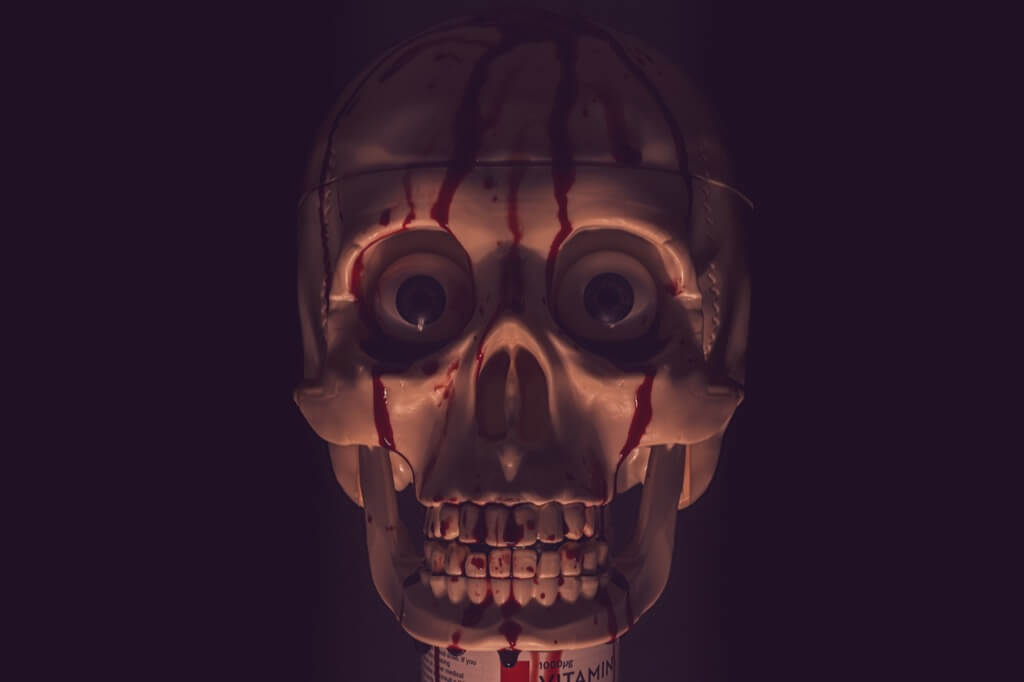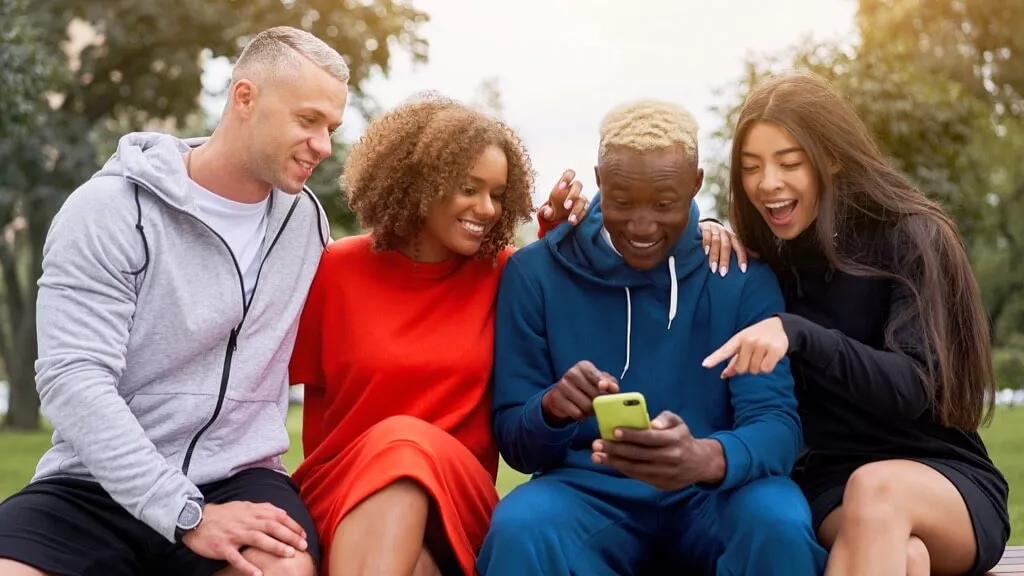Nyctophobia characterized as an excessive and debilitating fear of the night or darkness can affect anyone, although it is more common in children. If the mere mention of darkness triggers a sense of dread, this could be a sign of a deeper fear.
- Start by spending short periods in dimly lit rooms, gradually increasing the time as you become more comfortable.
- Practice mindfulness or meditation to calm your mind when you’re in a dark environment.
- Install nightlights in your home to provide a sense of security without complete darkness.
Reactions in Dark Environments
When faced with darkness, your body might react in ways akin to anxiety. Difficulty swallowing or an unusual dryness in the mouth when entering a darkened room are telltale signs. These physiological responses stem from a perceived threat in the environment.
Handling Reactions:
- Focus on deep, controlled breathing to manage anxiety when in the dark.
- Use positive affirmations to replace negative thoughts about darkness.
- If the fear is overwhelming, consider therapy, such as Cognitive Behavioral Therapy (CBT).
Physical Symptoms Triggered by Darkness
Excessive sweating in dark places, feeling nauseous, or even experiencing vomiting in extreme cases are indicators of a profound discomfort with darkness. These responses are not just mere discomfort but can be signals of a significant fear.
Tips:
- Engage in relaxation techniques like progressive muscle relaxation before entering dark places.
- Keep yourself hydrated to help manage symptoms like dry mouth.
The Challenge of Dark Roads
The unease of driving alone at night, illuminated only by headlights, is common. However, a refusal to drive in the dark, out of fear, points towards nyctophobia.
Tips:
- Initially, drive with someone else at night to feel less isolated.
- Start with short night drives in familiar areas and gradually extend the distance.
Avoidance of Nighttime Images
Just as some might turn away from explicit scenes on TV, those with a severe fear of darkness might avoid any scenes depicting night or darkness, indicating a deep-seated fear.
Tips:
- Watch films with nighttime scenes during the day to gradually desensitize yourself.
- Talk about your fears with a trusted friend or therapist to understand and overcome them.
Heart Rate and Chest Tightness
An increased heart rate or feeling of tightness in your chest in dark settings are physical manifestations of anxiety and could be symptoms of nyctophobia.
Tips:
- Regular exercise can help in managing anxiety symptoms.
- Consult a doctor to ensure there are no underlying physical health issues.
Difficulty with Lights Off
The reluctance or fear of turning off lights at night, especially if followed by a rush to bed, signifies more than just a common fear.
Tips:
- Make your bedroom a comfortable, safe space, possibly using a dimmer switch for gradual adjustment to darkness.
- Use a timer for your lights to gradually dim over time, helping you adjust to the darkness.
Physical Reactions in Darkness
Shivering or shaking in the dark is a significant sign of nyctophobia. Such reactions indicate that the body is in a state of high alert due to fear.
Tips:
- Acknowledge and understand your physical reactions as a response to fear, not a reality of the situation.
- Consider therapy sessions focusing on exposure and response prevention.
Breathing Difficulties in the Dark
Struggling to breathe in dark places could be a symptom of a panic attack or anxiety disorder, warranting immediate medical attention.
Tips:
- Practice specific breathing exercises like diaphragmatic breathing to help control your breathing.
- If symptoms are severe, seek immediate medical attention to rule out other conditions.
Sleep Disturbances
Trouble sleeping due to fear of the dark, or the need for a nightlight, are common among those with nyctophobia. Anticipation of darkness can lead to insomnia.
Tips:
- Create a relaxing bedtime routine to make falling asleep easier.
- Reducing screen time can help in improving sleep quality.
Dissociation as a Defense Mechanism
In stressful situations like being in the dark, some might experience dissociation as a way to cope with fear.
Tips:
- Practice grounding techniques like the 5-4-3-2-1 method to stay connected to the present.
- A counselor or therapist can help in managing dissociation.
Intrusive Thoughts in Darkness
Darkness can trigger frightening thoughts or memories, particularly if there’s past emotional trauma associated with it.
Tips:
- Work on changing negative thoughts about the dark into neutral or positive ones.
- Writing down your thoughts and fears can help in processing them.
Misleading Perceptions in the Dark
Objects in the dark can appear threatening, such as clothes resembling frightening figures. This can be normal occasionally, but frequent occurrences might indicate a deeper issue.
- Remind yourself that objects in the dark are the same as they are in light.
- Keep a flashlight handy to check and reassure yourself when needed.
Avoidance of Dark Situations
Consistently avoiding situations with potential darkness, such as nightclubs or theaters, due to fear, is a clear sign of nyctophobia.
- Bring a friend along to events that may involve being in the dark.
- Prepare yourself mentally before going to potentially dark places.
Use of TV as a Nightlight
Leaving the TV on during sleep to mitigate the fear of complete darkness is a coping mechanism for some with nyctophobia.
- Replace the TV with soothing sounds or quiet music to avoid the disruptive effects of light and sound from the TV.
- Gradually reduce the TV time to adjust to the darkness.
Urgent Need to Exit Dark Places
Feeling an overwhelming urge to escape dark environments can be a reaction to intense fear.
Tips:
- Challenge yourself to stay in the dark for short, manageable durations.
- Have a safety plan or a coping strategy in place when you feel the urge to escape.
Emotional Reactions in the Dark
Crying or screaming in the dark, especially if it has been a pattern since childhood, is a strong indicator of a deep-seated fear of darkness.
- Be aware of your emotions and understand they are a response to the fear, not the situation itself.
- Join support groups to share experiences and coping strategies with others who understand.
Panic Attacks Triggered by Darkness
Experiencing panic attacks specifically in dark environments is a significant symptom of nyctophobia.
Tips:
- Learn techniques to manage panic attacks, such as grounding or focusing on an object.
- Seek help from a psychologist for tailored strategies to cope with panic attacks.
Wide Range of Emotions in the Dark
Intense emotional responses in dark settings, due to heightened survival instincts, are common in those with a fear of the dark.
- If you feel dizzy, sit down until the feeling passes.
- Maintain proper hydration and nutrition to combat dizziness.
Feeling Faint in the Dark
Feeling dizzy or like you might pass out in dark environments is a symptom that can be associated with various phobias, including nyctophobia.
- Engage in trauma-focused therapy to address and heal from past traumatic experiences.
- Learn about how trauma affects fear responses to better understand your reactions.
Impact of Horror Movies
Exposure to horror films, especially at a young age, can contribute to a fear of darkness. While thrilling during viewing, the aftereffects can be profound.
Tips:
- Limit or avoid watching horror movies, especially before bedtime.
- Remind yourself that movies are fictional and not a reflection of reality.
Feelings of Helplessness
A sense of helplessness stemming from fear of darkness can be overwhelming. Acknowledging and understanding nyctophobia is a step towards addressing it.
- Take active steps towards confronting your fear to feel more in control.
- Acknowledge and celebrate your progress, no matter how small.
Confronting the deep-seated fear of darkness, or nyctophobia, involves a blend of self-awareness, therapeutic strategies, and practical measures. By acknowledging the physical and emotional symptoms that darkness evokes, individuals can start to disentangle the roots of their fear. Gradual exposure to dark environments, coupled with mindfulness and relaxation techniques, can significantly alleviate anxiety.




